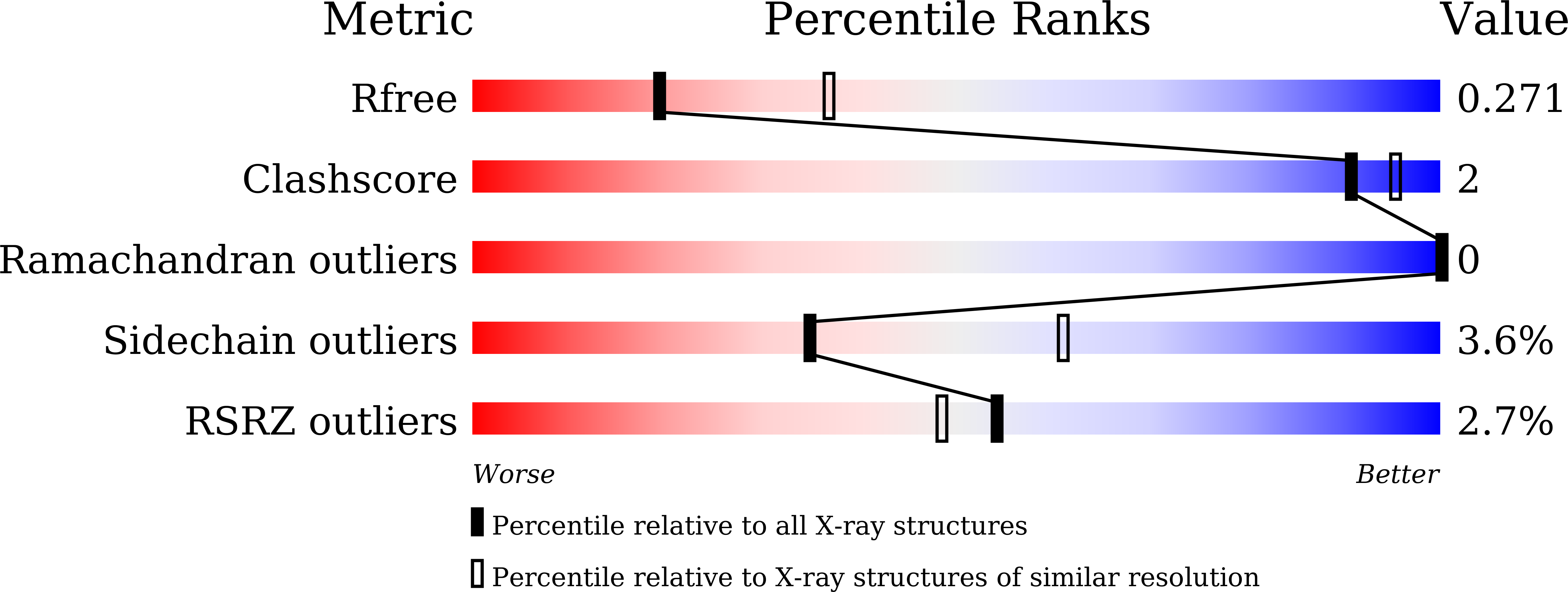
Deposition Date
2021-02-18
Release Date
2021-05-05
Last Version Date
2023-11-29
Method Details:
Experimental Method:
Resolution:
2.60 Å
R-Value Free:
0.27
R-Value Work:
0.25
R-Value Observed:
0.25
Space Group:
P 21 21 21


